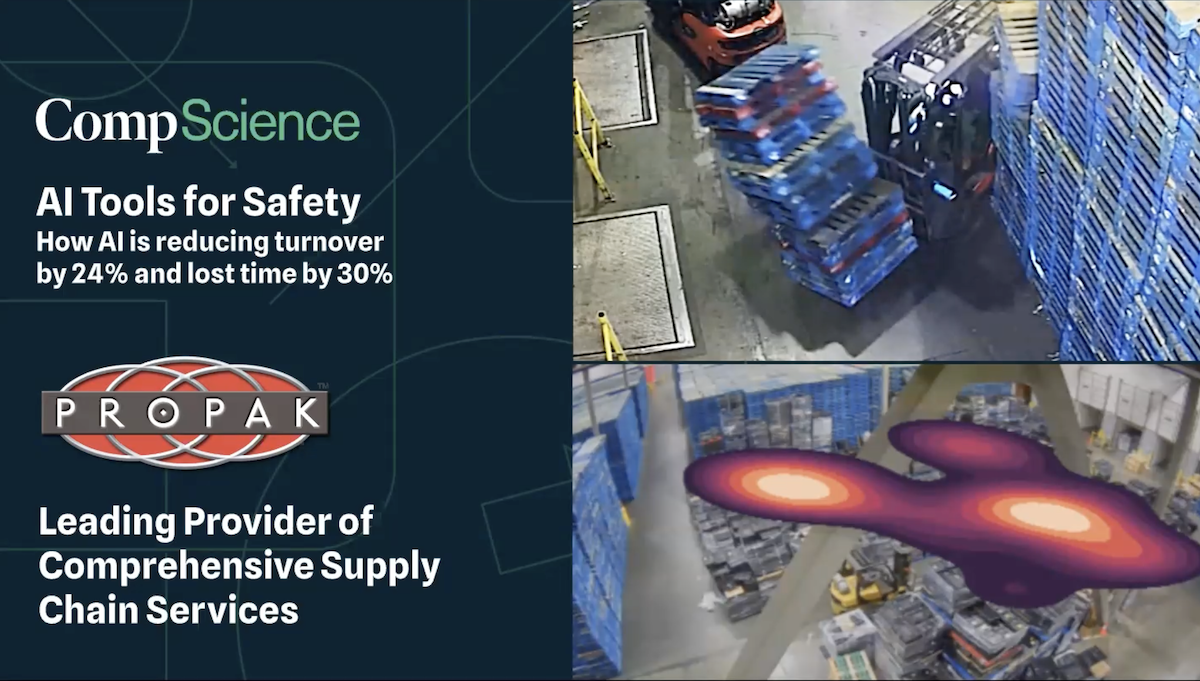How To Build A Business Case for Safety Improvements
There are several steps that organizations can follow to build a business case for safety improvements:
- Identify the potential benefits of safety improvements: The first step in building a business case for safety improvements is to identify the potential benefits of those improvements. This can include quantifying the potential costs of accidents and injuries, such as workers’ compensation claims, legal fees, and the cost of replacement workers, and estimating the potential productivity gains that could result from reducing the risk of accidents and injuries.
- Estimate the costs of safety improvements: The next step is to estimate the costs of implementing safety improvements. This can include the cost of purchasing new equipment, training employees, and implementing new procedures.
- Calculate the return on investment (ROI) of safety improvements: Once the potential benefits and costs of safety improvements have been identified, organizations can calculate the ROI of those improvements by dividing the potential benefits by the costs. This can help to determine the financial impact of safety improvements and to determine whether they are justified.
- Communicate the business case for safety improvements: Once the business case for safety improvements has been developed, organizations should communicate it to key stakeholders, such as management, employees, and financial decision-makers, to build support for the proposed improvements.
Overall, building a business case for safety improvements involves identifying the potential benefits and costs of those improvements, calculating the ROI, and communicating the business case to key stakeholders.






